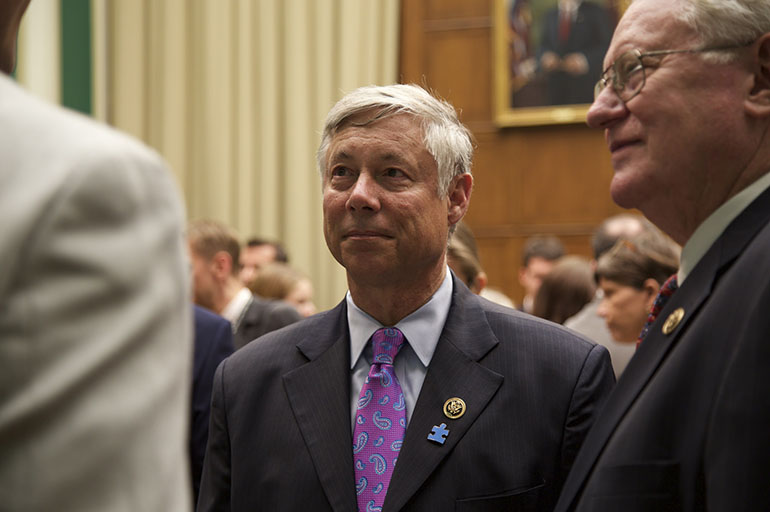This story originally published Dec. 2 and has been updated.
A sprawling health bill that passed the Senate Wednesday and is expected to become law before the end of the year is a grab bag for industries that spent plenty of money lobbying to make sure it happened that way.
Here are some of the winners and losers in the 21st Century Cures Act:
Winners
Pharmaceutical and Medical Device Companies. The bill will likely save drug and device companies billions of dollars bringing products to market by giving the Food and Drug Administration new authority and tools to demand fewer studies from those companies and speed up approvals.
The changes represent a massive lobbying effort by 58 pharmaceutical companies, 24 device companies and 26 “biotech products and research” companies, according to a Kaiser Health News analysis of lobbying data compiled by the Center for Responsive Politics. The groups reported more than $192 million in lobbying expenses on the Cures Act and other legislative priorities, the analysis shows.
Medical schools, hospitals and physicians. The bill provides $4.8 billion over 10 years in additional funding to National Institutes of Health, the federal government’s main biomedical research organization. (The funds are not guaranteed, however, and will be subject to annual appropriations.)
The money could help researchers at universities and medical centers get hundreds of millions more dollars in research grants, most of it toward research on cancer, neurobiology and genetic medicine.
The bill attracted lobbying activity from more than 60 schools, 36 hospitals and several dozen groups representing physician organizations. They reported spending more than $120 million in disclosures that included Cures Act lobbying.
Mental health and substance abuse advocates. The bill provides $1 billion in state grants over two years to address opioid abuse and addiction. While most of that money goes to treatment facilities, some will fund research.
The bill also boosts funding for mental health research and treatment, with hundreds of millions of dollars authorized for dozens of existing and new programs.
Mental health, psychology and psychiatry groups spent $1.8 million on lobbying disclosures that included the Cures bill as an issue.
Patient groups. Specialty disease and patient advocacy groups supported the legislation and lobbied vigorously. Many of these groups get a portion of their funding from drug and device companies. The bill includes more patient input in the drug development and approval process, and the bill is a boost to the clout of such groups.
More than two dozen patient groups lobbied the bill, and reported spending $6.4 million in disclosures that named the bill as one of their issues.
Health information technology and software companies. The bill pushes federal agencies and health providers nationwide to use electronic health records systems and to collect data to enhance research and treatment. Although it doesn’t specifically fund the effort, IT and data management companies could gain millions of dollars in new business.
More than a dozen computer, software and telecom companies reported Cures Act lobbying. The groups’ total lobbying spending was $35 million on Cures as well as other legislation.
Losers
Preventive medicine. The bill cuts $3.5 billion — about 30 percent — from the Prevention and Public Health Fund established under Obamacare to promote prevention of Alzheimer’s disease, hospital acquired infections, chronic illnesses and other ailments.
Consumer and patient safety groups. Groups like Public Citizen and the National Center for Health Research either fought the law outright or sought substantial changes. Although they won on some points, these groups still say Cures opens the door for unsafe drug and device approvals and doesn’t address rising drug costs.
Hair growth patients. The bill says federal Medicaid will no longer help pay for drugs that help patients restore hair. The National Alopecia Areata Foundation spent $40,000 on lobbying disclosures this cycle that included Cures.
The FDA. The bill gives the FDA an additional $500 million through 2026 and more hiring power, but critics say it isn’t enough to cover the additional workload under the bill. The agency also got something it opposed: renewal of a controversial voucher program that awards companies that approve drugs for rare pediatric diseases.
KHN’s coverage of prescription drug development, costs and pricing is supported in part by the Laura and John Arnold Foundation.








